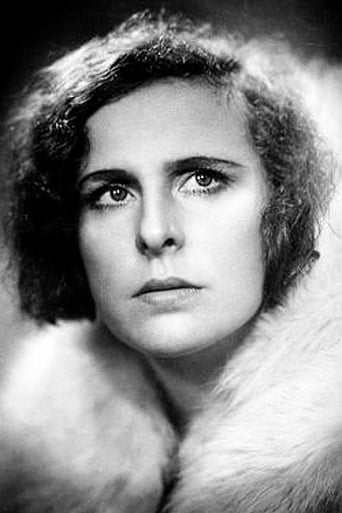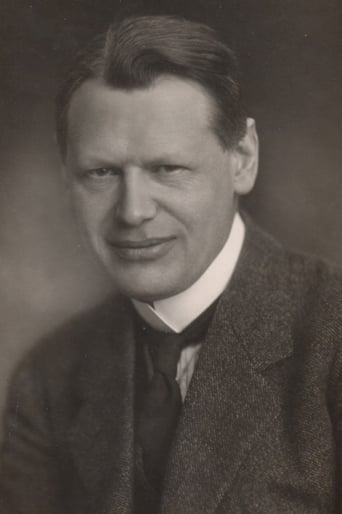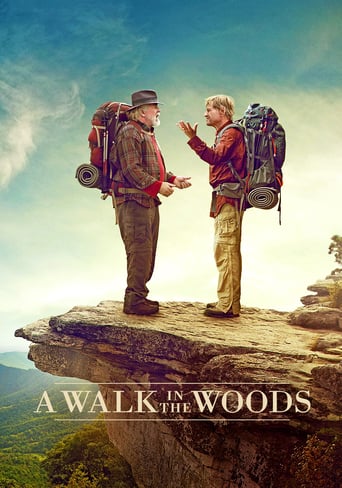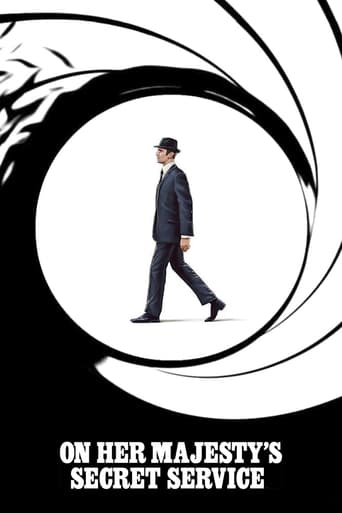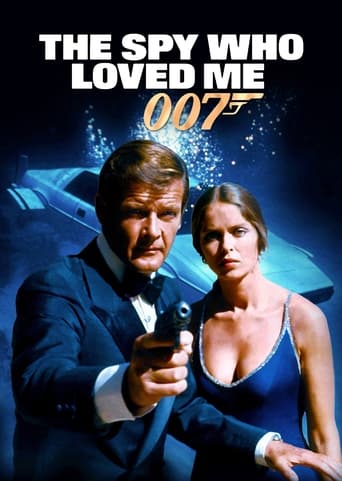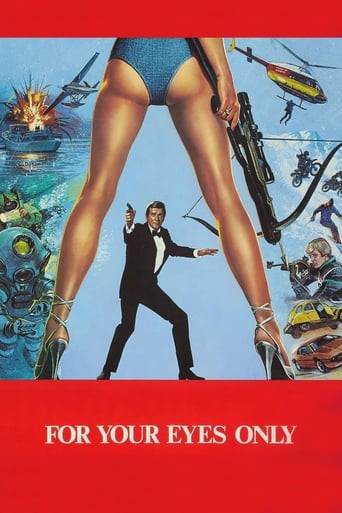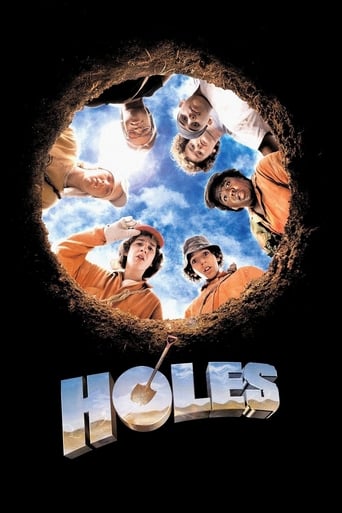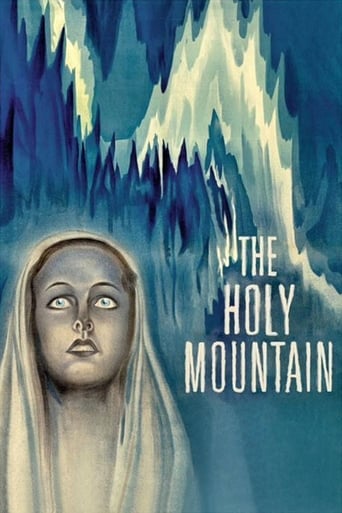

The Holy Mountain (1926)
Professional dancer Diotima finds herself the apex of a love triangle when she is pursued by two mountain climbers, Vigo and his older friend.
Watch Trailer
Cast


Similar titles
Reviews
Memorable, crazy movie
It's funny, it's tense, it features two great performances from two actors and the director expertly creates a web of odd tension where you actually don't know what is happening for the majority of the run time.
Great example of an old-fashioned, pure-at-heart escapist event movie that doesn't pretend to be anything that it's not and has boat loads of fun being its own ludicrous self.
All of these films share one commonality, that being a kind of emotional center that humanizes a cast of monsters.
The dancer Diotima (Leni Riefenstahl) meets the engineer and skier Karl (Luis Trenker) in his cottage in the mountains and they fall in love for each other and have a love affair. When Karl's young friend Vigo (Ernst Petersen) meets the dancer after a presentation and she gives her scarf with a smile to him, the infatuated Vigo mistakenly believes she is in love with him. Karl sees Diotima innocently caressing Vigo and he believes that Diotima is betraying him with his friend. Karl decides to commit suicide and invites Vigo to climb the dreadful Santo Mountain North face during the winter thaw with him. His best friend joins Karl in a tragic journey."Der Heilige Berg" is a melodramatic and tragic story of a triangle of love among a dancer that loves the sea; a skilled skier and engineer that loves the rock; and his young friend that loves the dancer. The plot is absolutely naive in 2010, but after all this is a 1926 film when the society had other moral concepts. The infamous Leni Riefenstahl, who directed the Third Reich's propaganda for Hitler one decade later, performs the dancer and pivot of the tragedy. Her dance is weird and clumsy but this is a silent movie and the viewer never knows what she was listening while dancing. If the romance is not interesting in the present days, the cinematography and the camera work are stunning considering the size, weight and technical resources of the equipment in this period. All shots outdoor were actually made in the mountains, including the ski race and the scene on the cliff, in the most beautiful parts of the Alps over the course of one and half years. My vote is seven.Title (Brazil): "A Montanha Sagrada" ("The Holy Mountain")
The simple storyline is about Diotima, an inspirational dancer played by Leni Riefenstahl, and her love story with Karl, a tough mountain lover who, in the best German romantic tradition, finds the Absolute climbing the highest peaks. The greatness of the movie is in the winter mountain scenery and in the filming of ski competitions. Some of the filming was done in Upper Engadin, in Sils-Maria, a small Swiss village about 6 miles west of St. Moritz. In one scene it is clearly recognizable the Mount Margna and in a few others, the village of Sils-Maria is visible with the Hotel Alpenrose and the Chesa Zuan (both are still standing and look remarkably similar). Some other filming is probably from the nearby Val Fex, and there is also a beautiful view of the Silsersee with Maloja visible in the distance.Considering the limited technical support available for winter alpine filming in 1926, it is remarkable that the photography is mostly crisp and engaging, and that it shows the peculiar light quality of Upper Engadin. Riefenstahl's acting is fantastic but inevitably dated. She is expressive and intense, with a bit of influence from Weimar Expressionism. She outclasses all other actors, who appear unidimensional.A movie strongly recommended, if only for the incredible quality of alpine photography and for the timeless Riefenstahl performance.
After a scene in Herr Wilhelm Prager's "Wege Zu Kraft Und Schönheit" (1925), "Der Heiliger Berg" was the first film of Dame Leni Riefenstahl as a lead actress. It was a film written exclusively for her by Herr Arnold Fanck according to Dame Riefenstahl memoirs, a book that includes other partial and conceited memories from a time in the mid-20s when she was a famous dancer.The film includes a prologue in where we can see Dame Riefenstahl dancing or something like that, well knowing that Germans, even the aristocrats, had a particular sense of rhythm more suited to military parades with plenty of goose steps, you will be able to understand the reason why Dame Riefenstahl was a famous dancer during the Weimar era.Herr Arnold Fanck, as a director was noted as the creator of one of the most successful and peculiar German film genres: the mountain films. (Actually, Herr Fanck was a famous director at that time thanks to mountain documentaries; "Der Heilige Berg" was his first film that includes a plot). In these films nature and its consequences are always centred on the lead character of these beautiful films with their superb cinematography and vigorous editing. Men and women have to fight against the savage elements in what it is finally an unequal and difficult battle. That's the most important aspect of the film, those incredible beautiful nature shots because Dame Riefenstahl as a dancer/actress or Herr Trenker (the male lead actor) as an actor are not very impressive, or in the strict German sense, they are depressive."Der Heilige Berg" shows different nature's conditions and contradictions. In the first part of the film, our heroine, Diotima the dancer, is immersed in bucolic, idealized and calm mountain landscapes full of flowers, shepherds, people skiing and all that kind of strange things. In the second part of the film the beautiful mountain landscapes will transform to a dangerous and inaccessible place in which the snowfalls and avalanches will prevent the rescue of two of Diotima's lovers who are isolated at the mountaintops. In many occasions during the film, some scenes are prolonged unnecessarily due to the excessive emphasis on mountain scenery that Herr Fanck wanted; duplicate shots diminish the film's action in a Herr Trenker oeuvre whose inner intention is to be a tribute to nature and the Teutonic mountains.And now, if you'll allow me, I must temporarily take my leave because this German Count must to climb the aristocratic ladder.Herr Graf Ferdinand Von Galitzien http://ferdinandvongalitzien.blogspot.com/
Director/Script: Arnold Fank, Cast: Leni Riefenstahl, Luis Trenker, Ernst Petersen. Arnold Fank was known for "mountain films" during the German silent era. This is considered to be his most famous. This film is basically a mellow drama. It is the mountaineering, skiing and dancing that make this film so interesting to watch. It centers around this beautiful dancer named Diotima (played by Leni Riefenstahl) and two men that fall for her, a mountain climber named Karl (played by Luis Trenker)and a ski champ named Vigo (played by Ernst Petersen). Karl and Diotima develop a relationship, Karl leaves to go on a mountain climb. During this time she meets Vigo at a ski competition and develops a friendship with him. Karl comes back from his expedition to find Diotima with Vigo and he become very jealous of Vigo. He offers to take him on a climb up the north face of a mountain during the time of the season when it is considered dangerous to do so because he wants to do harm to his friend. Vigo reluctantly offers to go because of the climbing conditions. Anyhow, they climb the mountain together, they get up on a high ledge and Karl pushes him off the ledge but ends up trying to save him because they are roped together. They are stuck up there for a long period of time in harsh conditions. At some point Vigo can't take hanging on the ledge any longer and asks Karl to cut the rope and save himself. Karl refuses to do this. I will not say what happens to them.This film could be enjoyed by anyone who likes classic cinema and silent films and is a great film to have for anyone who is into skiing or mountaineering. The mountain photography is very good. The film is colour tinted mostly in blue and golden hues. Many of Leni's dancing scenes are shown with her silhouetted as are many of the climbing scenes with the colour tinted background. Their is a ski-jump competition scene that is very cool to watch. The ski race is also impressive and it takes up much of the film.Leni Riefenstahl become a director in her own right. Evidently Hitler was impressed by her work and asked her to make Nazi propaganda films for him and she did. This all but ruined her career. I do not know if she actually shared those views but I have read that she regretted being associated with those films. She lived a long time, dieing just a few years ago. She made her last film just a year or two before she died.This was her first film in over forty years.


